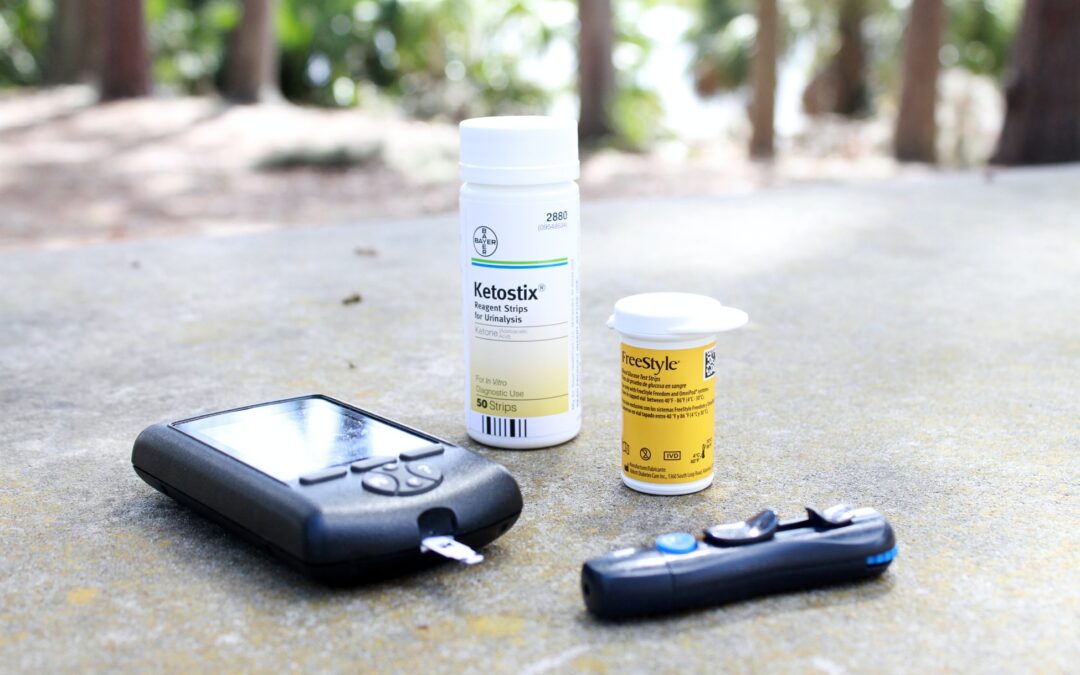Celebrated on the 14th November, World Diabetes Day helps increase the awareness of diabetes. Workplace Health and Safety Victoria offer workplaces diabetes education and screening – so why not help improve the health of your workplace?
According to Diabetes Australia (2020), diabetes is when the body does not or insufficiently converts glucose (sugar) from food into energy, resulting in high blood glucose levels.
Glucose is the main source of energy for our bodies. In people with diabetes, the hormone insulin, which assists in the conversion process, is not produced or is produced to insufficient amounts by the body. Therefore, when people with diabetes eat glucose (such as breads, cereals, fruits and starchy vegetables), it cannot or is inadequately converted to energy.
What can untreated diabetes lead to?
According to Diabetes Australia..
- Heart attack;
- Stroke;
- Kidney disease;
- Limb amputation;
- Depression;
- Anxiety;
- Blindness;
Prevention:
According to Diabetes Australia, there are different types of diabetes; the three most common types of diabetes are type 1, type 2 and gestational diabetes. Strong international evidence shows diabetes prevention programs can help prevent type 2 diabetes in up to 58 per cent of cases.
Type 1:
Currently type 1 diabetes cannot be prevented.
Type 2:
Evidence shows type 2 diabetes can be prevented or delayed in up to 58 per cent of cases by maintaining a healthy weight, being physically active and following a healthy eating plan.
People at risk of type 2 diabetes can delay and even prevent the condition by:
- Maintaining a healthy weight;
- Regular physical activity;
- Making healthy food choices;
- Managing blood pressure;
- Managing cholesterol levels;
- Not smoking;
Symptoms:
- Being more thirsty than usual;
- Passing more urine;
- Feeling tired and lethargic;
- Always feeling hungry;
- Having cuts that heal slowly;
- Itching, skin infections;
- Blurred vision;
- Unexplained weight loss (type 1);
- Gradually putting on weight (type 2);
- Mood swings;
- Headaches;
- Feeling dizzy;
- Leg cramps;
